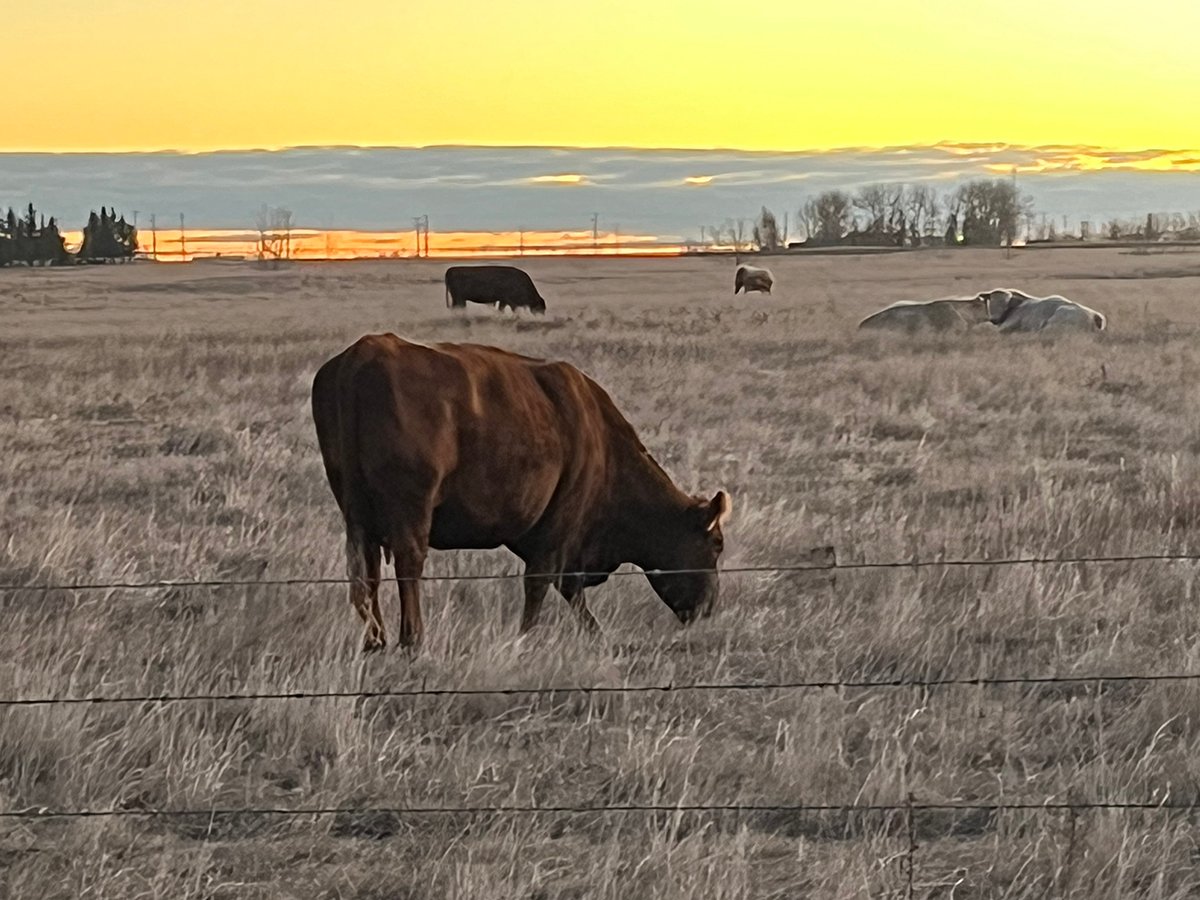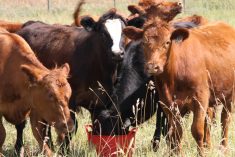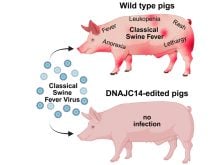WILLIAMS LAKE, B.C. – British Columbia livestock producers are still struggling with the province’s tougher meat inspection regulations.Since 2007, it’s been the law to process all meat for sale to the public in an inspected facility.However, many producers say that a lack of plants in remote areas has all but killed the farmgate sales on which they depended.”Any of the (food safety) problems we have had in the past have come from large companies, not farmgate sales,” rancher Iris Wright said at the recent B.C. Cattlemen’s Association annual meeting.She sold 15 head a year directly to customers and used a mobile butcher at her 100 Mile House ranch.The new provincial regulations prohibit her from using those services, forcing her to find a provincially inspected facility that is far from her home and often booked up when her animals are ready for market.”We need an adjustment to these regulations,” she said.Len Bawtree, who lives in the Okanagan, said he used to sell young animals as feeders to small farmers who finished them on their property. Without a nearby slaughter plant, many of these producers have stopped taking feeders or sell them at auction, probably to packers in Alberta.”We have had a lot of talk from government about giving the consumer a choice. We don’t do that at all,” Bawtree said.A recent study by the Salt Spring Agricultural Alliance found a major decline in livestock production on the Gulf Islands because of a lack of nearby facilities.It found that before 2007, 27 percent of Gulf Island farmers processed livestock in inspected facilities while 73 percent used uninspected facilities, mostly on their own islands or farms.After 2007, a lack of processing capacity created bottlenecks and increased expenses while shipping cattle to Vancouver Island.As a result, the study concluded, many farmers have stopped producing livestock.Alison Giles, a spokesperson for the ministry of healthy living and sport, which manages the meat inspection program, said the government is planning regulatory changes but is encouraging more mobile units.The province has 37 inspected abattoirs and two mobile units, one in Cranbrook and the other in Fort St. John. Four other mobile facilities have Class C licences, which allow them to operate uninspected with some restrictions while they acquire a full Class B licence.A mobile facility is licensed to handle poultry or red meat, but not both.An operator must comply with all aspects of the provincial meat inspection regulation, including approved construction plans and a food safety plan.Once a mobile facility acquires a Class A or B licence, a Canadian Food Inspection Agency inspector under contract with the province will inspect animals before and after slaughter.Giles said in an e-mail that mobile slaughter plants operate one of two ways:* Set up at a community docking station in a central location where livestock producers can bring their animals for slaughter. The location can be publicly or privately owned.* Set up on a farm and slaughter animals only from that farm before moving to the next one.The province uses a graduated licensing system to regulate slaughter plants:* Class A facilities include slaughter and cut and wrap services.* Class B facilities offer only slaughter services.* Class C was temporarily introduced in 2007 to make it possible for slaughter operators to become fully licensed. The government is phasing out these licences.* Class D permits direct producer sales to local consumers and to retail establishments and restricts production to one to 25 animal units, approximately 11,350 kilograms live weight.* Class E permits direct producer sales to local consumers and restricts production to one to 10 animal units, approximately 4,540 kg live weight. The government considers Class E licences in all areas of the province on a case-by-case basis.The Class D and E licensing system is divided into nine designated rural and remote areas: Central Coast, Comox-Strathcona (Mainland section only), Mount Waddington, Northern Rockies, Powell River, Skeena-Queen-Charlotte, Squamish- Lillooet, Stikine and Sunshine Coast.Applications for Class D and E licences will initially be accepted from producers in only three consultation areas: Bella Coola, Powell River and Haida Gwaii.Applications from producers in other areas of the province will be accepted in late summer.
Read Also

Animal protection delivery to change in Saskatchewan
The Saskatchewan government is looking for a new agency to handle animal welfare after Animal Protection Services of Saskatchewan decided not to renew its contract next year.















